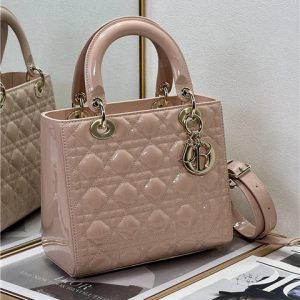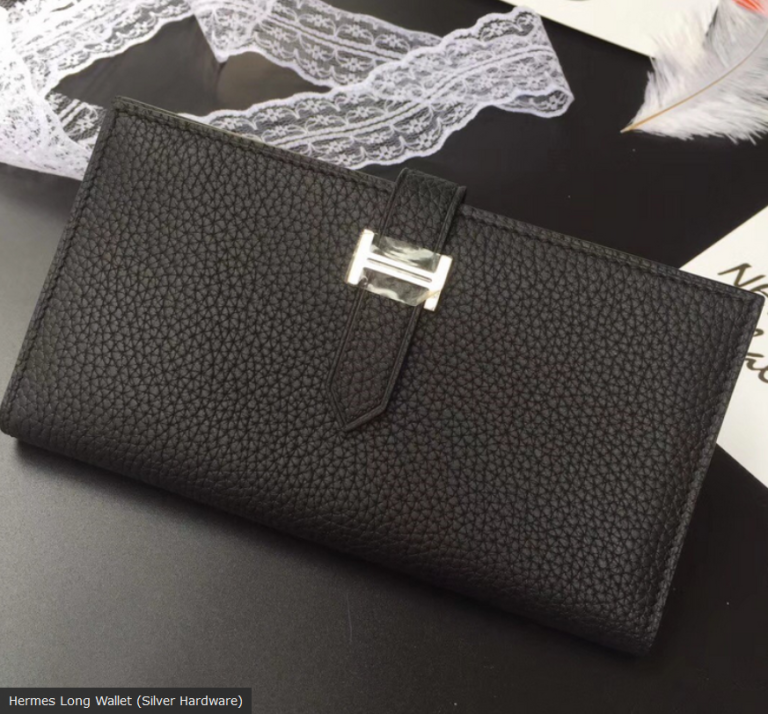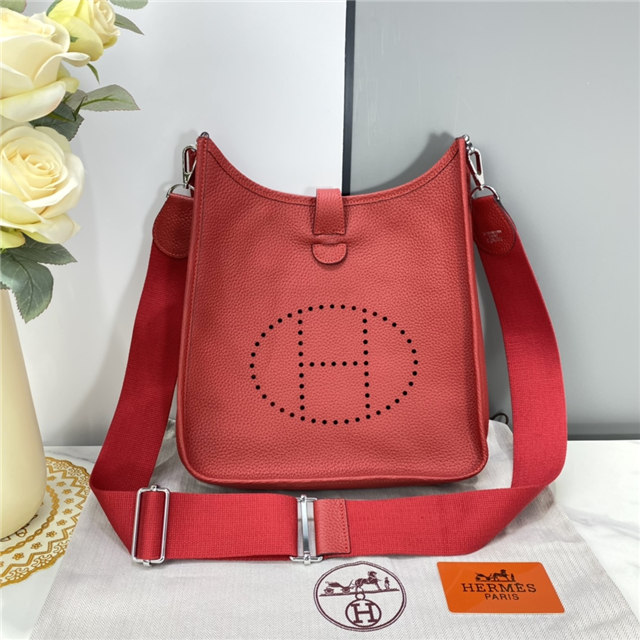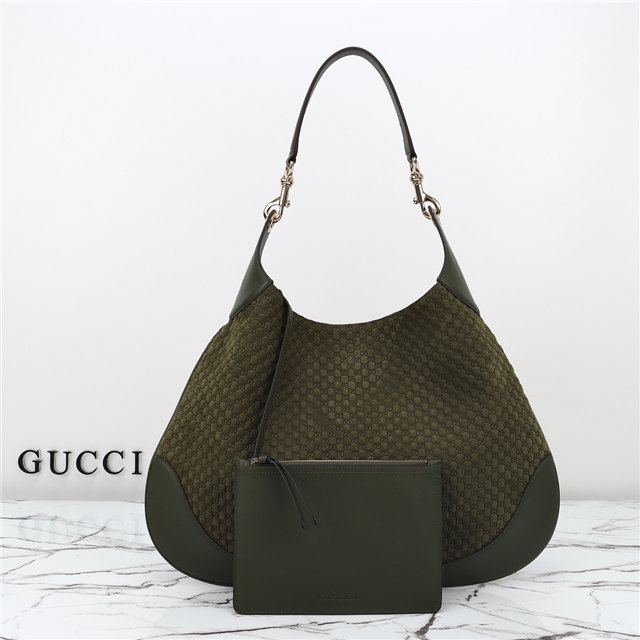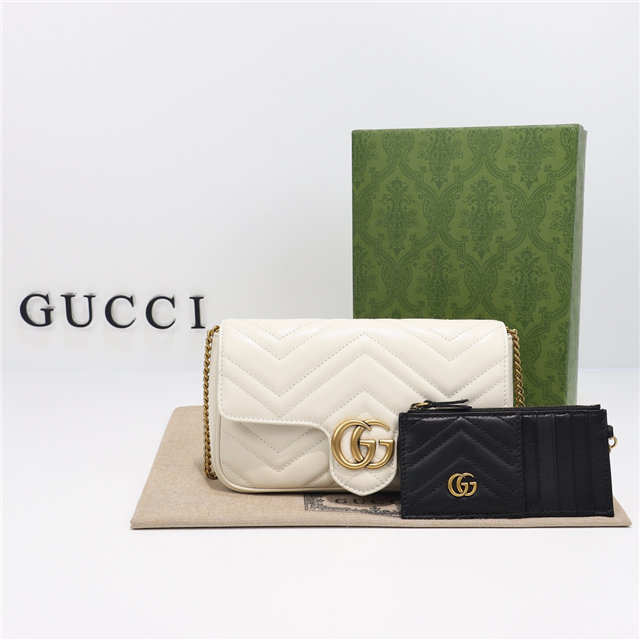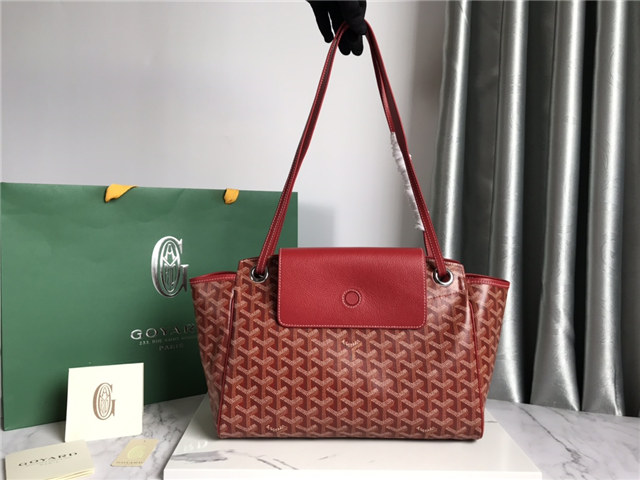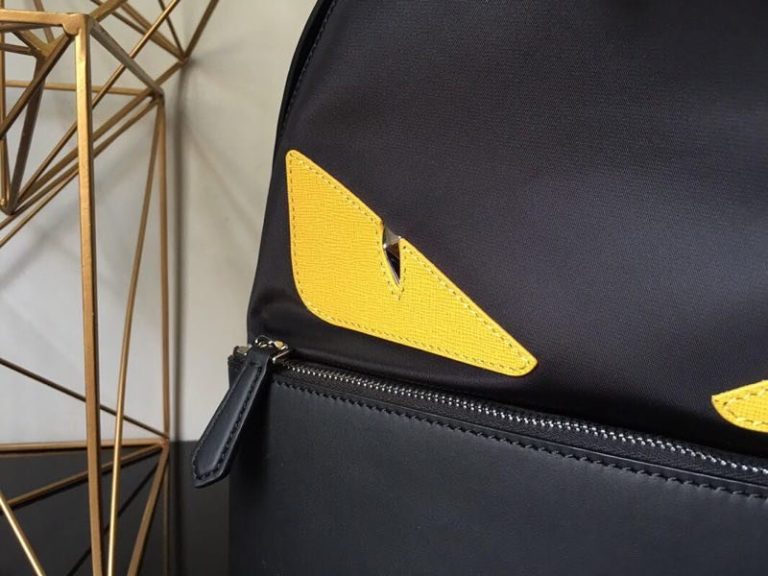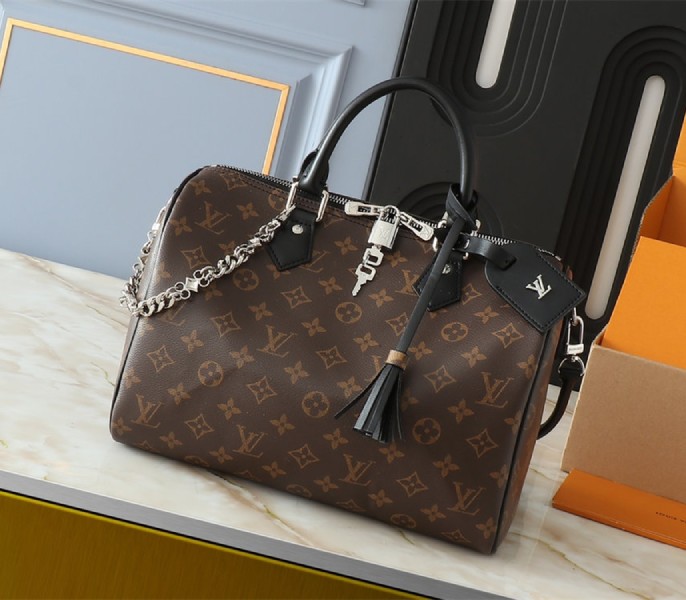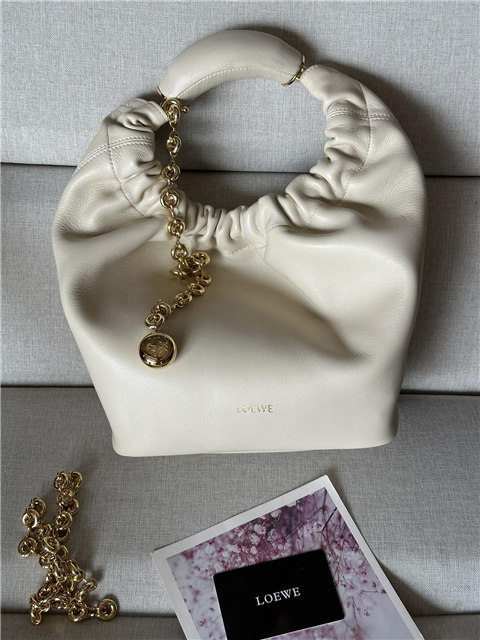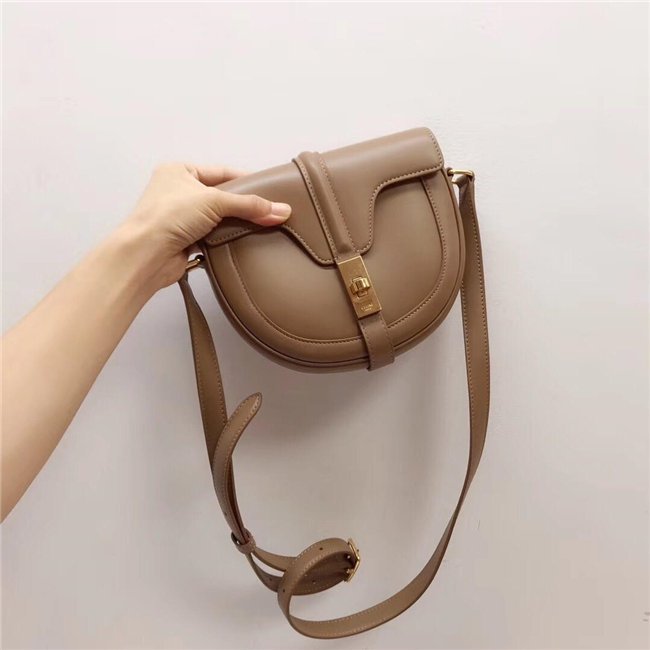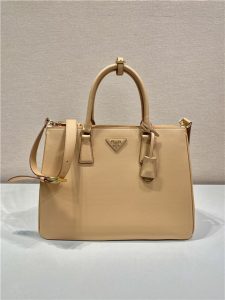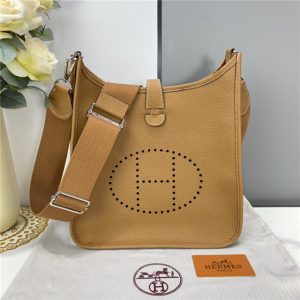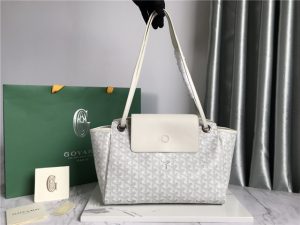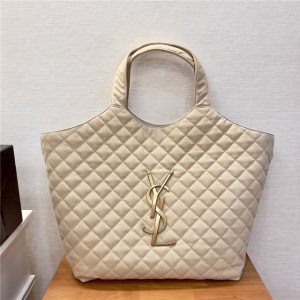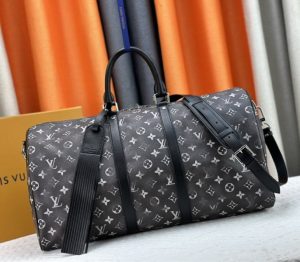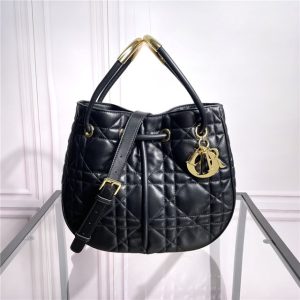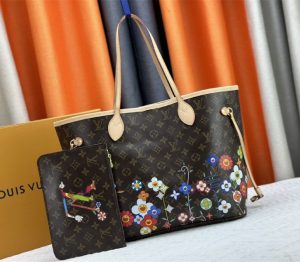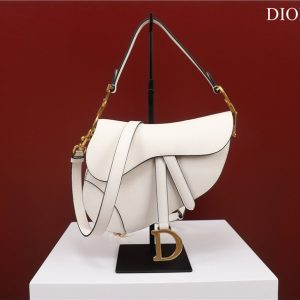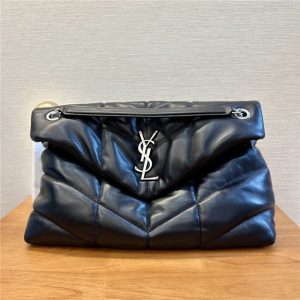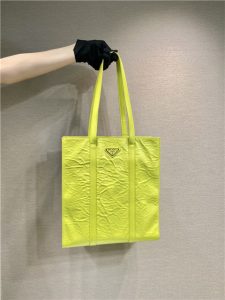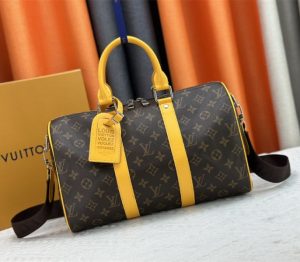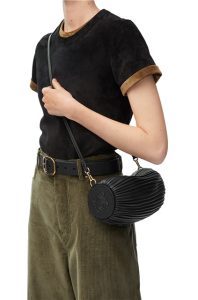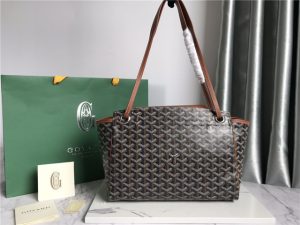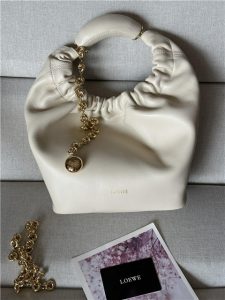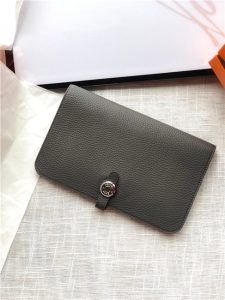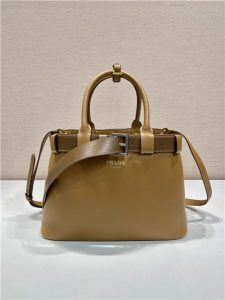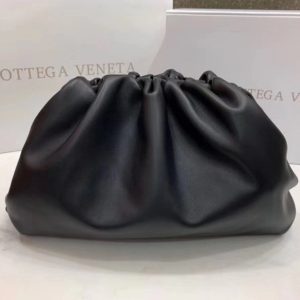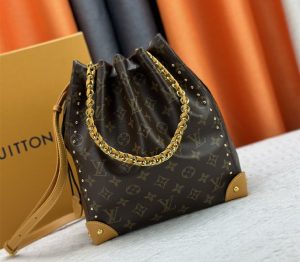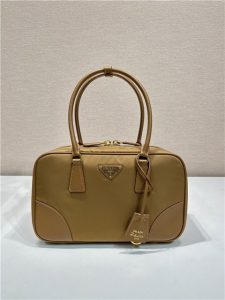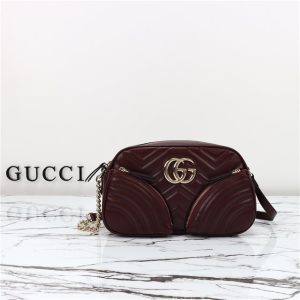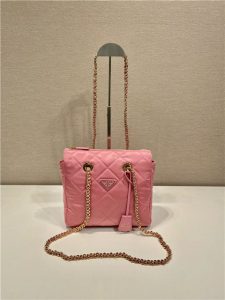First off, why even bother trying to spot a fake? Well, duh, nobody wants to get ripped off! You’re paying for a name, a quality piece of craftsmanship, and if it’s a fake, you’re getting none of that. Plus, buying fakes kinda supports some shady characters, and nobody wants to be part of that.
Now, where do you even BEGIN? Well, PRICE, people! If it seems too good to be true, it probably IS. A genuine Aigner, especially a nice one, ain’t gonna be dirt cheap. I mean, come on, think about it. Nobody’s giving away quality for peanuts. And the SOURCE matters too! Buying from some dude on a street corner? Yeah, red flag city. Stick to authorized dealers, reputable online retailers, places you trust. It’s worth the extra peace of mind, trust me.
Okay, so you found a watch, it looks promising, but you’re still sus. What next? Time to get Sherlock Holmes on this thing. Pay attention to the DETAILS. Is the logo crisp and clear? Are the markings aligned properly? Does the leather strap feel like cardboard or actual leather? These little things can be HUGE giveaways. Also, check the WEIGHT. A genuine watch will usually have a substantial feel to it, fakes often feel cheap and light.
And this is where it gets a bit more… technical. If you’re really serious, maybe even consider getting the watch opened up. I know, sounds scary, right? But the MOVEMENT inside is the dead giveaway. Fake watches often use cheap, generic movements, while Aigner (and other reputable brands) use high-quality ones, sometimes even ETA movements. If you see something that looks like it was slapped together with duct tape and hope, well, you know what to do.
Speaking of movements, even WITHOUT opening it up, listen CLOSELY. Does it sound like a tiny orchestra of gears working in perfect harmony, or does it sound like a bag of rocks rattling around? A genuine movement is usually much quieter and smoother.
Now, I know what you’re thinking: “This is a lot of work!” And yeah, you’re kinda right. But hey, it’s better to be safe than sorry, right? And honestly, the more you look at genuine watches, the better you’ll get at spotting the fakes. It’s like anything else, practice makes perfect.
Oh, and one last thing (or maybe two, my train of thought wanders). Don’t be afraid to ask questions! Ask the seller about the watch’s history, where they got it, if they have any documentation. A reputable seller will be happy to answer your questions, a shady one will probably get defensive and try to avoid them. And finally, TRUST YOUR GUT. If something just feels off, it probably is. There are plenty of legit watches out there, don’t settle for something that makes you feel uneasy.

